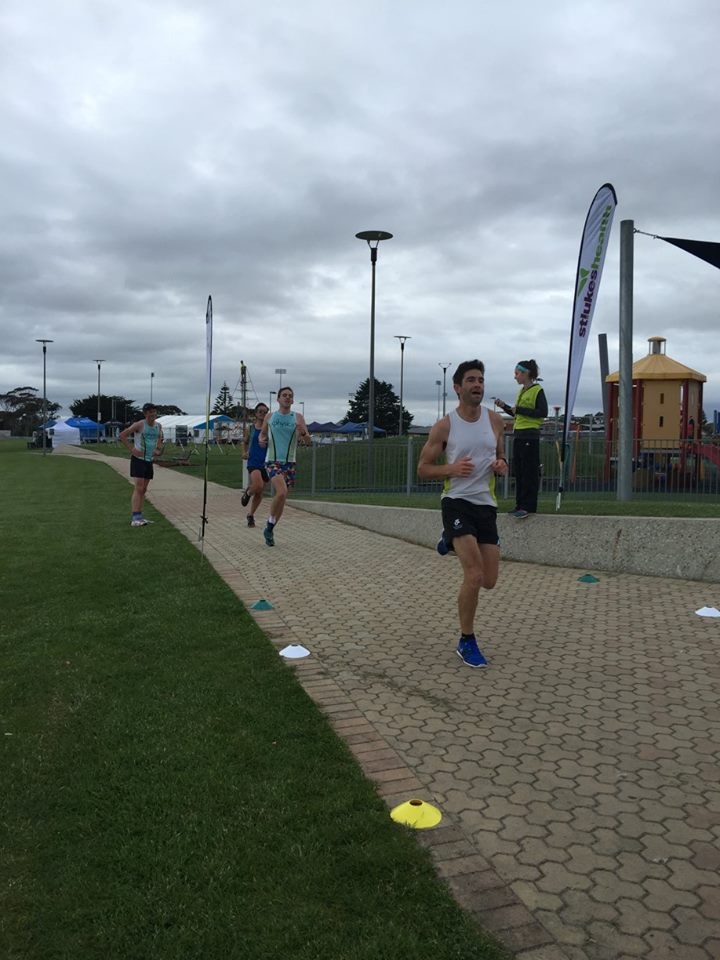Strength and Stability Training for All Runners
As runners, running is our primary focus of course and sometimes it can be hard to recognize the benefit of other forms of training. However there is growing evidence and support for incorporating strength training for runners of all ages and abilities into their regular training. We all have different motivations for why we run whether it is winning races, improving on your own personal bests or taking on a new challenge be it a different race, trail running or a new distance. It may also be the simple pleasure of being able to run consistently or get out for a weekly parkrun. No matter what your motivation, strength and stability training can play a role in helping you achieve it.
Strength and Stability training are closely linked. Strength training focuses on improving strength; the maximum amount of force your muscles can produce, while stability training focus more on your ability to control movement; especially when under load as during running.
One of the main ways that strength and stability training can improve performance is through Improved Running Economy. Running economy is basically a value of your efficiency when running measured by the amount of oxygen an individual requires to run at a certain speed. Runners with better economy will require less oxygen at a certain speed, regardless of their VO2Max. Strength and stability training has been ideally demonstrated in the literature to improves running economy. Possible mechanisms for this are by increasing peak force, altering muscle fiber type by minimizing excessive lateral movement. Essentially, well designed targeted strength and stability training can make running easier.
Another of the major benefits of regular strength and Stability training is Reduced injury risk. Strength training can improve the ability of your body tissues (muscles/ligaments/tendons) to absorb and tolerate high loads, such as those encountered during running. Biomechanical issues can also lead to the development of some injuries, such as for example, the relationship between pelvic drop and a range of knee conditions. While there are many factors contributing to biomechanics and your running technique, muscle strength can play a role. Using the above example, strengthening gluteal muscles and improving your hip/pelvic control can reduce the potentially injury causing pelvic drop.
In summary, strength and stability training is an important component of any runner’s program. To find out more about how to best incorporate strength and stability training into your routine, check out our services page and make an appointment to design a personalized strength training program or join one of our Core Performance classes. Also keep an eye out for further blog posts both in our free and members only sections.

